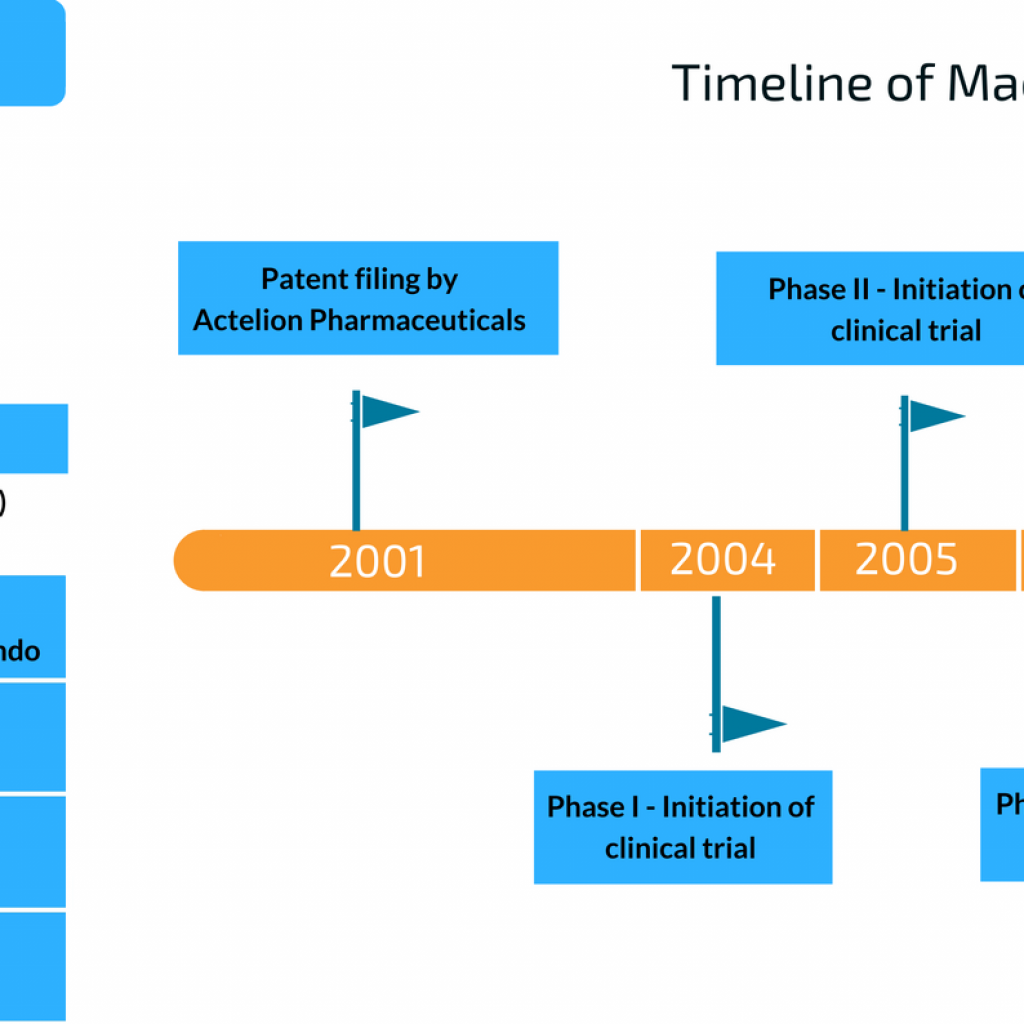Identifying Standard Essential Patents (SEPs) is a resource-intensive task, especially when dealing with a large patent portfolio. In this process, manual analysis is the preferred method, but examining patents that are unlikely to be SEPs can lead to inefficient portfolio management and limit strategic decision-making during SEP licensing.
Therefore, to avoid investing valuable resources into analyzing less valuable patents, it is crucial to quickly identify and eliminate non-SEPs. To overcome this confusion of resource allocation, GreyB presents a strategic approach to redirect time and budget toward finding and leveraging the true SEP gems within the portfolio.
Quickly remove non-SEPs for better portfolio optimization
While the steps outlined below are used to identify SEPs, their effectiveness in quickly filtering out non-SEPs is not well-known. The methods offer a practical strategy to efficiently separate non-SEPs from a portfolio and to invest efforts in potentially high-value patents instead of spending time on those unlikely to be essential to any standard.
Step 1 – Identify the broadest claim of the shortlisted patent to quickly assess the patent’s relation to the relevant standard, saving valuable time and effort during the initial screening process.
Step 2 – Identify any rejections provided by the examiner and review them in detail, utilizing the examiner’s expertise to streamline further analysis.
Step 3 – Analyze the newer version of the 3GPP document cited by the examiner to reveal any potential discrepancies with the current standard.
While the theoretical efficacy of these steps is compelling, it is crucial to acknowledge the value of real-world application. In the following section, we will delve into a relevant case study, showcasing how this strategy facilitated the efficient identification of non-SEPs, freeing up valuable resources for further analysis.
This approach will lay a strong foundation, but comprehensive SEP identification remains complex. Therefore, for a faster and more thorough SEP identification solution, GreyB’s BOS tool is your best bet. The tool utilizes advanced algorithms to pinpoint potential SEPs within your portfolio quickly.
Step 1 – Identify the broadest claim of the shortlisted patent.
Let us take the example of patent USXXXX741B, which focuses on the conditional handover process. The process includes receiving from a serving access node, a random access update precondition, and a configuration for conditional handover.
On analyzing the claims of this subject patent, it was found that claim 9 is the broadest one, incorporating most of the novel technology and describing the following process.
[Claim 9]
A method comprising:
…….a random access update precondition and a configuration with regard to a conditional handover, wherein the configuration indicates at least one handover candidate cell;
……..according to the configuration, and
………transmitting a message to the serving access node, the message comprising ……. following:
at least one beam of …… candidate cell; or at least one …..cell that caused the ….. precondition.
Step 2 – Identify and review any rejections provided by the examiner.
Examine the rejections provided by the examiner during the prosecution of the patent. Specifically, if there are any 3GPP documents used by the examiner, review them to understand how they were similar and what was missing.
During the analysis of the file history of the above subject patent, the following rejections came to light.
Step 3 – Analyze the newer version of the 3GPP document cited by the examiner
This step involves the analysis of the latest version of the 3GPP document cited by the examiner during the patent application process. As standards evolve, comparing a patent against the most recent iteration reveals potential discrepancies with the current standard, suggesting the patent might not be an SEP.
For instance, USXXXX741B2 was initially rejected by the examiner based on a specific 3GPP meeting document. To determine its SEP status, the latest version of the standard incorporating the meeting document was identified as 3GPP TS 38.300 V17.3.0 (released in January 2022).
While both the patent and the updated standard had similar information regarding “9 Mobility and State Transitions” in the C-plane, including the same figure for explanation, crucial differences were identified.
These differences are explained in the table below.
| Subject Patent – USXXXX2424B2 | 5G Specs – 3GPP TS 38.300 V17.3.0 (2022-12) |
| A method comprising: ………a random access update precondition and a configuration …….. conditional handover, wherein the configuration indicates at least one handover candidate cell; | 9.2.3.4.2 C-plane handling … 3. The source gNB requests CHO for one or more candidate cells belonging to one or more candidate gNBs. A CHO request message is sent for each candidate cell … 6. The source gNB sends an RRCReconfiguration message to the UE, containing the configuration of CHO candidate cell(s) and CHO execution condition(s). Analyst Comment: This portion of the claim focuses on receiving a random access update precondition and a configuration for conditional HO. The standard depicts sending an RRCReconfiguration Message to the UE, sending the configuration and the execution conditions within the message. The random access update precondition involves the threshold values to be used in evaluating whether the random access update precondition is fulfilled, and the CHO execution conditions are also the threshold values. Hence, similar information claimed in this clause was found in the TS 38.300 V17.3.0, Section 9.2.3.4.2. |
| ……. according to the configuration, and | 9.2.3.4.2 C-plane handling … 8. The UE maintains connection with the source gNB after receiving CHO configuration, and starts evaluating the CHO execution conditions for the candidate cell(s). Analyst Comment: According to this section of the claim, measurements are conducted in accordance with the configuration, as illustrated by the standard under Section 9.2.3.4.2. It describes the process as the UE begins evaluating the CHO execution conditions for the candidate cell(s). |
| ……………., transmitting a message to the serving access node, the message comprising ………… following:at least one beam of …… candidate cell; orat least one …..cell that caused the ….. precondition. | 9.2.3.4.2 C-plane handling 7. The UE sends an RRCReconfigurationComplete message to the source gNB. Source: 3GPP TS 38.331 V17.3.0 6.2.2 Message definitions …. RRCReconfigurationComplete The RRCReconfigurationComplete message is used to confirm the successful completion of an RRC connection reconfiguration. Direction: UE to Network Fig1 3GPP TS 38.331 V17.3.0 Fig 2 3GPP TS 38.300 V17.3.0 Analyst Comment: According to this portion of the claim a message to the serving access node comprising information obtained by the measurements indicating either one beam of at least one handover candidate cell or at least one handover candidate that caused the random access update to be fulfilled. This also is a novel aspect of the subject patent. But the standard seems to show only one message is being sent to the serving node, and it is RRCReconfigurationComplete. Figure 1 shows that the message RRCReconfigurationComplete does not contain any information related to the target candidate node. Hence, this patent claim seems to be potentially non-SEP. As the above pieces of evidence indicate that the method claimed is different from the method explained in the standards. Hence the subject patent can be quickly marked as a non-SEP. |
Conclusion
The strategy presented above streamlines the process of non-SEP identification, enabling efficient resource allocation and focused efforts on analyzing and leveraging true SEPs.
Unlock the full potential of your intellectual property and explore how GreyB can assist in extracting SEP gems from your portfolio and maximizing its strategic value during SEP licensing.
Authored by: Piyush and Simarjot, Infringement Team
Edited by: Annie Sharma










